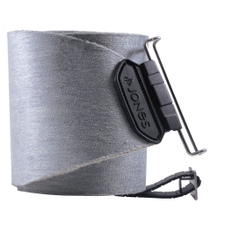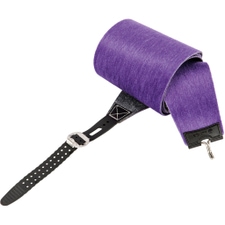Climbing Skins
.
10products
- - 20 %
 Jones SnowboardsNomad Splitboard SkinsMSRP 249,95 €199,95 €Available Sizes:AC
Jones SnowboardsNomad Splitboard SkinsMSRP 249,95 €199,95 €Available Sizes:AC
- - 20 %
 NitroDoppelgänger Splitboard Skins Black (co)MSRP 239,90 €191,90 €Available Sizes:149152156160
NitroDoppelgänger Splitboard Skins Black (co)MSRP 239,90 €191,90 €Available Sizes:149152156160
- - 20 %
 NitroTeam Splitboard Skins Black (co)MSRP 199,90 €159,90 €Available Sizes:156162
NitroTeam Splitboard Skins Black (co)MSRP 199,90 €159,90 €Available Sizes:156162
- - 20 %
 NitroVertical Splitboard SkinsMSRP 239,90 €191,90 €Available Sizes:158162
NitroVertical Splitboard SkinsMSRP 239,90 €191,90 €Available Sizes:158162
- - 26 %
 ArborKohla Splitgrip Coda Splitboard SkinsMSRP 229,95 €169,95 €One size
ArborKohla Splitgrip Coda Splitboard SkinsMSRP 229,95 €169,95 €One size
- - 20 %
 NitroSquash Splitboard Skins Black (co) MenMSRP 239,90 €191,90 €Available Sizes:163
NitroSquash Splitboard Skins Black (co) MenMSRP 239,90 €191,90 €Available Sizes:163
- - 20 %
 NitroVolta Peak Splitboard Skins Black (co) WomenMSRP 199,90 €159,90 €Available Sizes:146152
NitroVolta Peak Splitboard Skins Black (co) WomenMSRP 199,90 €159,90 €Available Sizes:146152 - - 33 %
 ContourHybrid Splitboard SkinsMSRP 179,90 €119,95 €One size
ContourHybrid Splitboard SkinsMSRP 179,90 €119,95 €One size - - 50 %
 ArborKohla Splitgrip Landmark Splitboard SkinsMSRP 229,95 €114,95 €One size
ArborKohla Splitgrip Landmark Splitboard SkinsMSRP 229,95 €114,95 €One size
- - 50 %
 ArborKohla Splitgrip Satori Splitboard SkinsMSRP 229,95 €114,95 €One size
ArborKohla Splitgrip Satori Splitboard SkinsMSRP 229,95 €114,95 €One size



